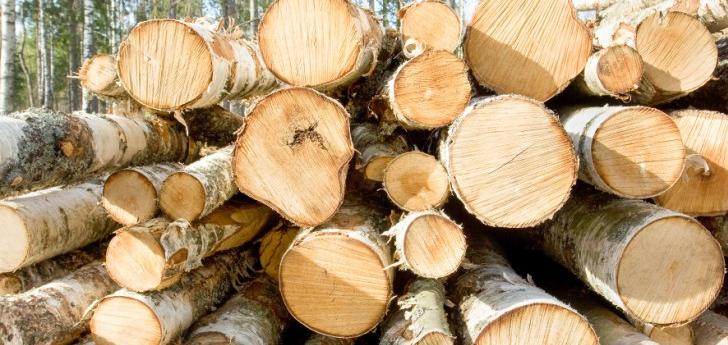Effects of the California Water Drought on Domestic Wood Supply
Global Wood Source 8-31-15 on 31st Aug 2015

The drought in the state of California may as well be among the most prominent and relevant public issues currently. It has affected a wide range of industries and livelihood, more importantly since certain municipalities have already imposed their own restrictions in order to preserve more water. One of the industries that are immensely affected by this is the lumber supply, especially that of domestic wood.
There are already preemptive measures set by the government, so as to prevent a much graver crisis. But with the summer season at its peak, not only is the lumber industry dealing with a decrease in water use for growing domestic wood, but they’re also facing the big problem of massive wildfires as well.
As of late, already 12.5 million trees have been killed due to the California drought. Just imagine, California is home to about 33 million acres of forest and every single day that this drought persists, more and more of the forestry is turning into brittle, broken, and brick-colored trees. Needless to say, the future of California’s forests is not looking good and both nature and the livelihood of the people depending on these trees are on the line.
Forest fires not only destroy trees, but in severe cases, they also tend spread out affecting residences as well. And the bad news is that even the housing and construction industries are slowing down due to the drought crisis, with companies being more hesitant because of the lack of access to secure and guaranteed sources of water and stricter restrictions to obtaining building permits.
This drought has brought about a series of unfortunate events with the lumber and construction industries all intertwined and interconnected. While there aren’t strict limitations put in place regarding harvesting wood just yet, it would be of no surprise if there would be such laws in the near future as this drought continues on.
One of the clear results of this for the wood supply industry has to depend on importing exotic hardwood instead. There’s also a slight chance of prices going up due to the imbalance of demand and supply. One’s best chance is to approach a reliable wood supplier and discussing all options possible, in which consumers and the companies can both get what they need without having to step on the expense of another.

